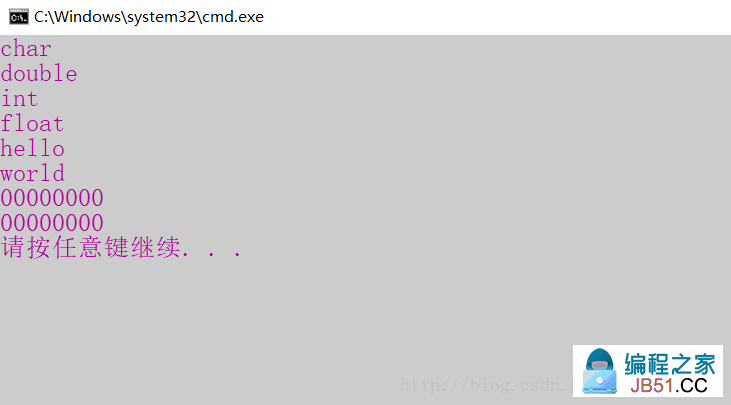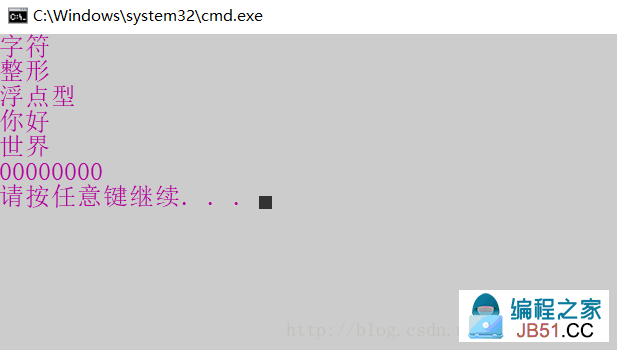搜索二叉树基本概念请看上篇博客
这两个问题都是典型的K(key)V(value)问题,我们用KV算法解决。
- 判断一个单词是否拼写正确:假设把所有单词都按照搜索树的性质插入到搜索二叉树中,我们判断一个单词拼写是否正确就是在树中查找该单词是否存在(查找key是否存在)。
结构声明下
typedef char* KeyType;
typedef struct BSTreeNode
{
struct BSTreeNode *_left;
struct BSTreeNode *_right;
KeyType _key;
}BSTreeNode;
插入,查找函数代码如下:
int BSTreeNodeInsertR(BSTreeNode **tree,KeyType key) //搜索树的插入
{
int tmp = 0;
if(*tree == NULL)
{
*tree = BuyTreeNode(key);
return 0;
}
tmp = strcmp((*tree)->_key,key);
if (tmp>0)
return BSTreeNodeInsertR(&(*tree)->_left,key);
else if (tmp<0)
return BSTreeNodeInsertR(&(*tree)->_right,key);
else
return -1;
}
BSTreeNode *BSTreeNodeFindR(BSTreeNode *tree,KeyType const key) //查找
{
int tmp = 0;
if (!tree)
return NULL;
tmp = strcmp(tree->_key,key);
if (tmp > 0)
return BSTreeNodeFindR(tree->_left,key);
else if (tmp < 0)
return BSTreeNodeFindR(tree->_right,key);
else
return tree;
}
测试代码:
void TestApplication()
{
BSTreeNode *tree = NULL;
BSTreeNodeInsertR(&tree,"hello");
BSTreeNodeInsertR(&tree,"world");
BSTreeNodeInsertR(&tree,"int");
BSTreeNodeInsertR(&tree,"char");
BSTreeNodeInsertR(&tree,"float");
BSTreeNodeInsertR(&tree,"double");
printf("%s \n",BSTreeNodeFindR(tree,"char")->_key);
printf("%s \n","double")->_key);
printf("%s \n","int")->_key);
printf("%s \n","float")->_key);
printf("%s \n","hello")->_key);
printf("%s \n","world")->_key);
printf("%p \n","chars"));
printf("%p \n","str"));
}
测试结果:

2. 请模拟实现一个简单的字典(简单的中英文字典)
结构构建
typedef char* KeyType;
typedef int ValueType;
typedef struct BSTreeNode
{
struct BSTreeNode *_left;
struct BSTreeNode *_right;
KeyType _key;
ValueType _count;
}BSTreeNode;
查找函数与上面相同,插入函数有所改变。
int BSTreeNodeInsertR(BSTreeNode **tree,KeyType key,ValueType value) //搜索树的插入
{
int tmp = 0;
if(*tree == NULL)
{
*tree = BuyTreeNode(key,value);
return 0;
}
tmp = strcmp((*tree)->_key,key,value);
else if (tmp<0)
return BSTreeNodeInsertR(&(*tree)->_right,value);
else
return -1;
}
测试代码:
void test()
{
BSTreeNode *tree = NULL;
BSTreeNodeInsertR(&tree,"hello","你好");
BSTreeNodeInsertR(&tree,"world","世界");
BSTreeNodeInsertR(&tree,"char","字符");
BSTreeNodeInsertR(&tree,"int","整形");
BSTreeNodeInsertR(&tree,"float","浮点型");
printf("%s \n","char")->_value);
printf("%s \n","int")->_value);
printf("%s \n","float")->_value);
printf("%s \n","hello")->_value);
printf("%s \n","world")->_value);
printf("%p \n","double"));
}
测试结果

构建测试案例尽量构建全面,防止特殊情况被忽略。
